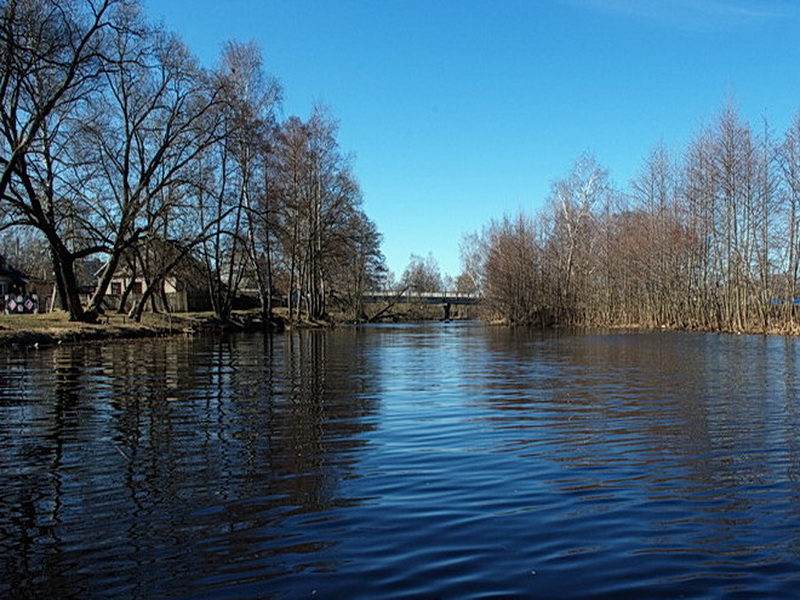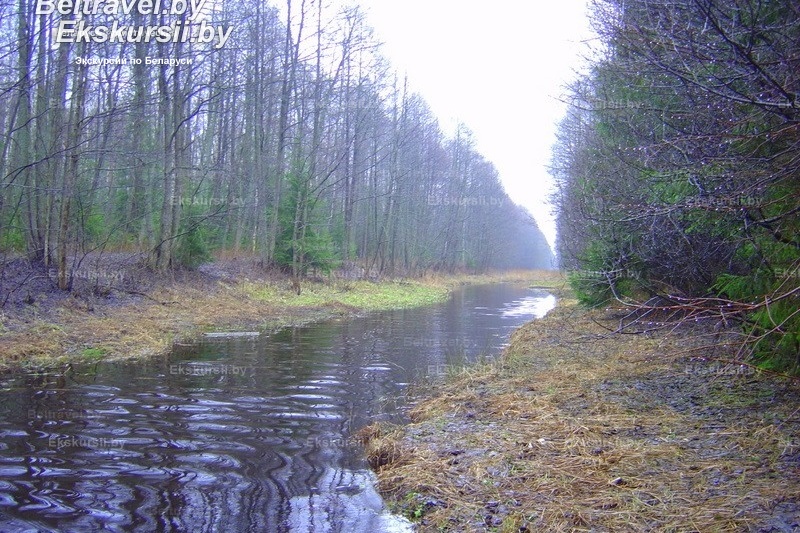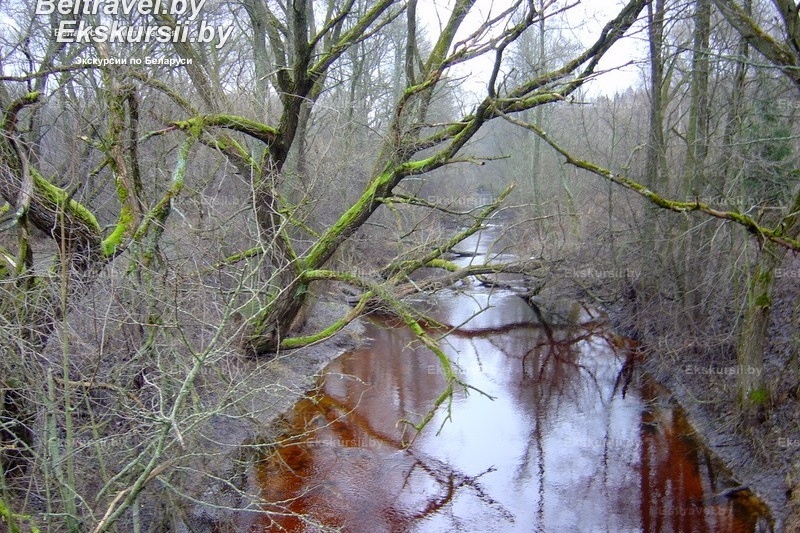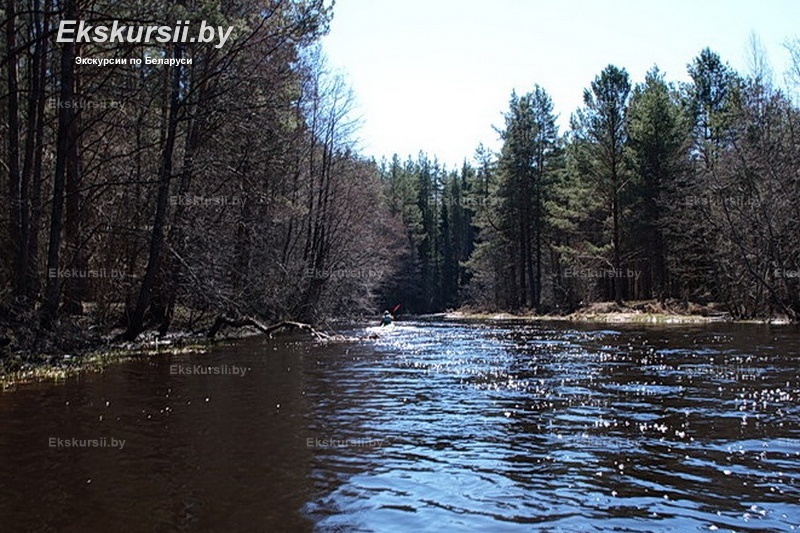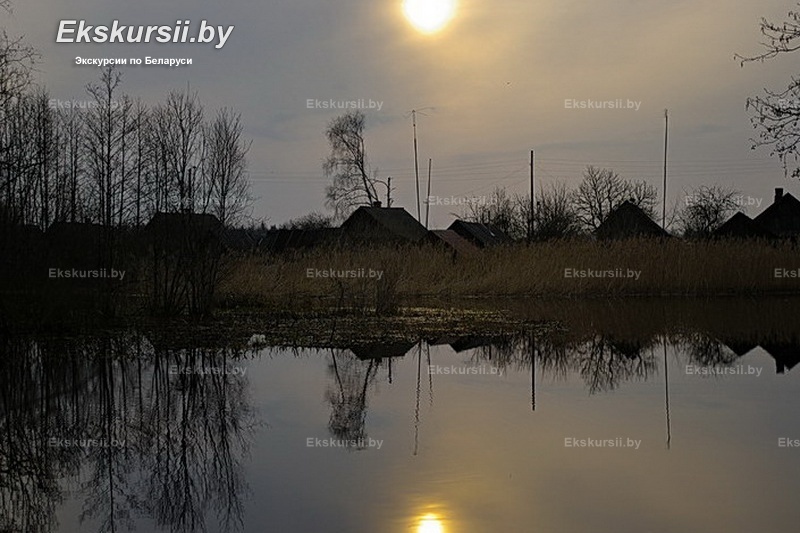The system includes canals, locks, and reservoirs that harmoniously blend into the surrounding landscape. Walking along the canals, exploring historic locks, and enjoying the peaceful natural atmosphere make this site popular among fans of active recreation and history. The area is also home to many rare species of birds and animals, making it a point of interest for eco-tourism enthusiasts.
Tours across Belarus, including visits to the Berezina Water System, offer an opportunity to learn more about the technical achievements of the past and enjoy picturesque scenery. A tour from Minsk is an excellent way to immerse yourself in the atmosphere of this historical landmark and explore its many features in just one day.
You can book a tour on our website by choosing a convenient route. We offer services of experienced guides who will share the history of the system’s construction and operation, its importance to the region, and fascinating historical facts. Comfortable transportation ensures an easy and enjoyable journey to this unique destination.
A tour to the Berezina Water System in the Vitebsk Region will provide unforgettable impressions and an opportunity to discover a remarkable corner of Belarus that combines engineering brilliance with natural magnificence. This journey is an excellent choice for anyone interested in the history, culture, and nature of our country.
